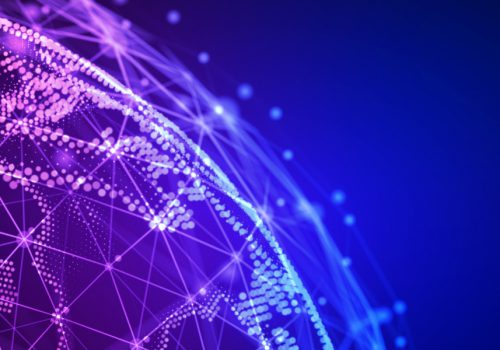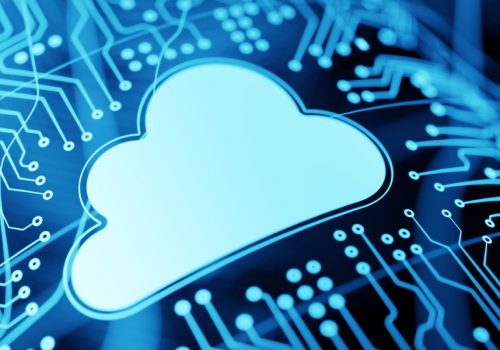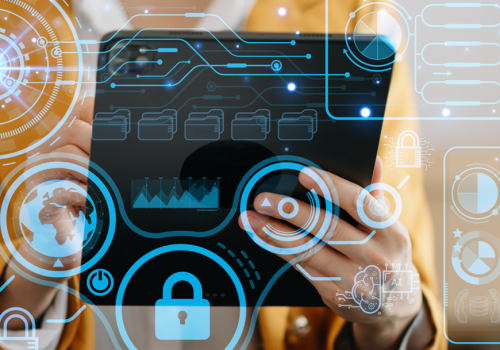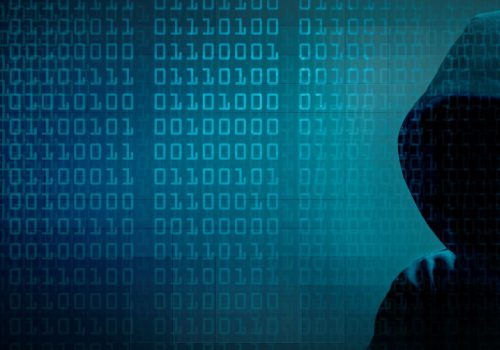In today’s fast-paced digital world, cyber threats and privacy breaches are a growing reality. The increasing number of cyber-attacks in recent years has put businesses under immense pressure to take adequate measures to ensure their security. To establish a secure and evolving work environment, it is essential to cover all the cybersecurity pillars for a 360° approach. Companies must strengthen their cyber resilience posture day after day, step by step, to stay ahead of evolving threats.
Organization types vary. At Approach, when we cover the defense and aerospace industrial base, we are playing the cybersecurity Olympic games every day, placing the bar very high. In literature, most cybersecurity specialists and influencers define their final goal based on higher results because they know that the further we protect the systems, the further the hackers will strengthen their attacks.
In practice, this strategy is not realistic for everybody today, and the objective looks too high for the majority. Less technological organizations or smaller ones might have a lower dependency on cybersecurity, even if all organizations want to protect their critical assets and their intellectual property, also known as the crown jewels. Even in the defense sector, some companies are not there yet. Many companies need to start with a step-by-step approach. As cybersecurity specialists, we need to adapt.
Also, companies evolve at a fast pace. Over the course of cybersecurity audits and implementations, it is common to find that companies have different departments evolving at a specific speed. In this context, the management of conflicts appears, and we need to place cybersecurity versus business growth cursor with additional care. Precedence between several cybersecurity priorities, standards, and practices becomes part of the daily negotiation.
To stay competitive, organizations need to give free rein to design and offer a competitive “time to market.”
This attitude often presents conflicts with the hyperstructuring requirements for cybersecurity. Therefore, it is crucial to establish continuity in a company’s cybersecurity strategy and DNA, and make the cybersecurity structure and basic hygiene effortless for the departments.
Without a doubt, the cyber risk analysis is not one-shot. The proper management of information and necessary controls must continue over time. It is, therefore, imperative to implement security measures that enable businesses to establish an evolving work environment that can adapt to changing cyber threats and safeguard against potential breaches.
Establishing the Right Roadmap and Strategy
The strategic methodology for establishing an evolving work environment through security measures requires a roadmap based on frameworks and standards that match your organization’s needs. EU companies usually apply EU standards first, such as ISO/IEC 27001. US companies follow their own way, i.e., the National Institute of Standards and Technology (NIST) frameworks.
The defense sector has its own requirements, such as Cybersecurity Maturity Model Certification (CMMC). Whatever the applied standard, conducting cybersecurity assessments and audits will help the creation of a riskbased strategy that identifies potential threats and vulnerabilities. Assessment tools can enable efficient and continuous assessments over time, allowing organizations to track their progress and adjust their cybersecurity posture as needed. You need the right experts with the right tools to ensure this within your organization.
Companies should also consider testing and stimulating some real-world scenarios and exercises within the company to define realistic objectives, such as metrics, Key Performance Indicators – KPIs, etc., that evolve with the company. Certification can also demonstrate the cybersecurity posture to the market, which is either a business enabler or a showstopper today. You also need the right experts with the right tools for demonstrating this.
A CISO (Chief Information Security Officer) must be in place to carry the company’s tailored “anticipate and prevent” mechanisms, with sharp advice, pragmatism, and preciseness. For sensitive and critical activities (Network and Information Security – NIS 2.0, Defence, etc.), you need a well-experienced CISO with a broad market set of references in your sector. The CISO needs a team. For many organizations, money is the sinews of war, and the question of cyber cost leans two ways: teams will request a cybersecurity budget, and shareholders will ask for a Return on Investments (ROI) that covers this budget. The CISO is the right role to identify the right security posture and ROI, along with management.
This can be very penalizing for nascent stars whose ROI is difficult to demonstrate. However, starting on the wrong foot and taking the wrong shortcuts would lead to banning innovation if it is data-related or cyber-dependent. Yet cybersecurity is an opportunity for innovation. A company that manages to overcome cyber difficulty, including the innovation department, has an advantage over others. Therefore, organizations should see cybersecurity as an opportunity to innovate and differentiate themselves from their competitors.
More than this, we see more companies driving their change management with the help of cybersecurity messages that nobody can refute.
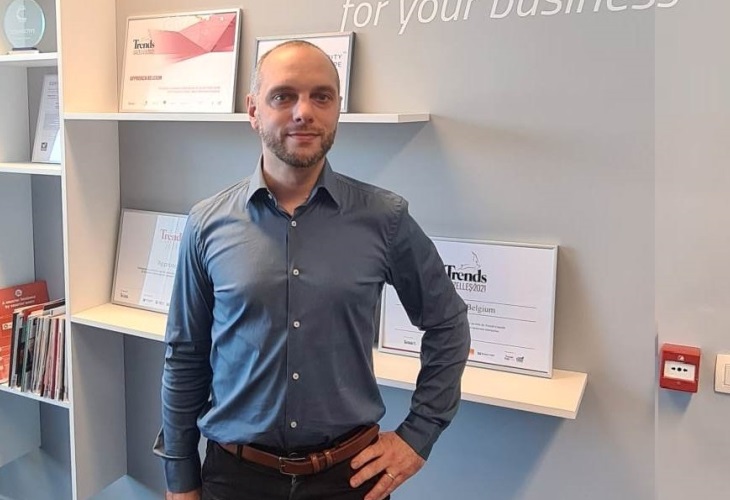
Adapting To the Right Situation Together, At the Company Speed
The journey towards establishing an evolving work environment through security measures requires adapting to the right situation and pace together with the company’s speed. It is not a one-time effort but a continuous process that involves protecting applications, infrastructure, systems, identity and access management, networks, and cloud systems. It is crucial to detect and respond to potential threats with the right security operations team that has the right size, skills, tools, and with 24/7 coverage. Preparing for recovery after a compromise is also essential and should be part of daily activities when implementing a strong business continuity plan.
To begin their cybersecurity journey, organizations must ask critical questions, such as whether the cybersecurity need is global or localized to a specific activity. They must also consider whether it is useful to have a “secure project factory” and whether a single project can take on the global cyber effort. Furthermore, they must determine the minimum and the maximum cyber effort that is essential and bearable and establish who will do the work. These questions are vital to ensure that the cybersecurity approach is practical, pragmatic, and effective.
Each change in the company, i.e., new project, product or service, new structure, merger and acquisition, new applicable law, etc., reflects a cyber journey as well.
For larger organizations, these questions can be centralized at the group level and replicated for a set of entities. However, certain freedom must be adjustable at each level according to the local need. Additionally, most organizations rely on strong partners or subcontractors. The cybersecurity requirements flow down, and assessment and control are, therefore, necessary. It is not unusual to call for external and neutral specialists in this case; those specialists will use known frameworks and tools to proceed with the partner cybersecurity roadmap without affecting the business relationship.
Today, the cybersecurity path and speed are highly influenced by regulations and strong contractual requirements. Consequently, organizations must stay informed and updated on these changes, ensuring that they are compliant and continuously improving their cybersecurity posture. Establishing an evolving work environment through security measures is an ongoing process that requires a holistic and risk-based approach, continuous improvement, and adaptation to changes in the industry.
Adapting Just In Time Because Of a High Risk or an Incident
As a decision-maker, it is crucial to understand that cybersecurity is not a one-time event but an ongoing process. A proactive approach to cybersecurity is always recommended, but in case of a high-risk situation or an incident, an organization should be prepared to adapt its cybersecurity measures quickly to mitigate the risk.
The first step is to identify the potential threat or incident and assess its impact on the organization’s assets, data, and reputation. Once the situation is understood, it is essential to act quickly and implement immediate measures to contain the situation. This can include isolating affected systems, disabling network access, and restricting access to sensitive information.
Next, it is important to notify the appropriate experts to assist with the investigation and recovery process. This can include IT professionals, forensic specialists, and legal counsel. They will help identify the root cause of the incident, recover data, and provide guidance on how to prevent similar incidents in the future.
A key aspect of adapting cybersecurity just in time is continuous monitoring and testing of the organization’s security measures. Regular vulnerability scans and penetration testing can identify weaknesses that can be exploited by attackers. Implementing robust incident response plans and conducting regular training for employees can also help mitigate the impact of a cybersecurity incident.

Cybersecurity Posture Changes along Time and Space
When it comes to cybersecurity and resilience, there are different types of entities outlined in the NIS 2.0 Directive, such as Vital, Essential, Important, and those that are not within the scope of the directive. Even within your own organization, some departments or activities may fall into these categories or may not be important for cybersecurity at all. The level of risk appetite in your organization may also change depending on various factors like investments, board consciousness, and threats.
For example, your financial department may be more important to protect than your marketing department, or the reverse, depending on your company.
It is important to note that your organization’s risk appetite may also change over time.
You need to adapt your security posture to the evolving need. Most activities will not be able to support the strongest requirements, like in the Defense and AeroSpace industry.
Usually, a one-size-fits-all cybersecurity approach will not work or be efficient. Some departments or users may require a higher level of security than others. Your organization may need to be very careful when segregating the company and its different operational aspects. The main goal is to prevent contamination and ensure business continuity in the event of a major incident or attack.
To do this, you should adopt a fine-grain cybersecurity strategy that prioritizes your investments where they are most needed. Your organization should have a strict separation of duties and silos to avoid contamination and permit business continuity in case of an attack or major incident. A fine-grain cybersecurity strategy is the best way to invest your resources where they are needed the most. You can even create an evolving strategy based on factors like alert levels, trusted networks, and company layers.
A company must be prepared to adapt its cybersecurity measures quickly in response to a high-risk situation or an incident. This requires a proactive approach to cybersecurity, continuous monitoring, testing of security measures, and quick action to contain the situation and notify the appropriate experts. With these steps in place, a company can better protect its assets, data, and reputation. These elements are the reasons why we are present and strong in the market.
In conclusion, by taking a tailored approach with the help of experienced cybersecurity specialists, you will ensure the best return on investments for the cybersecurity measures you implement in the evolving work environment.




